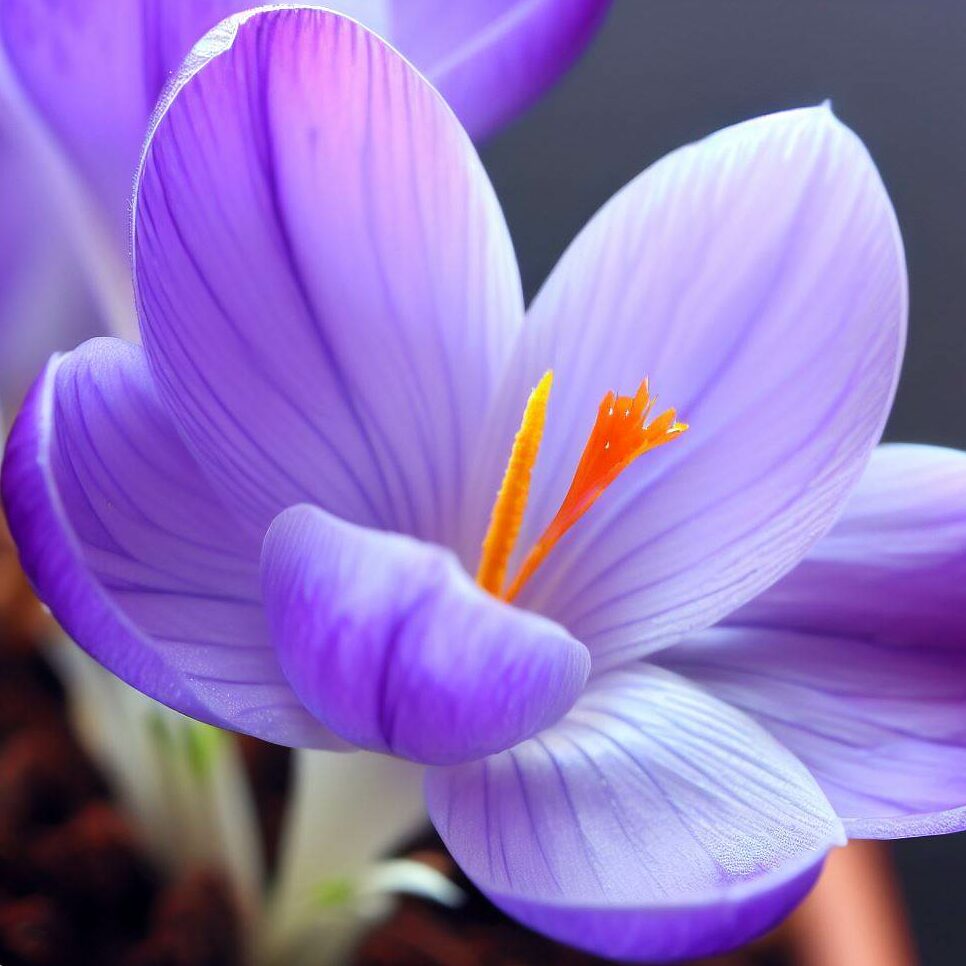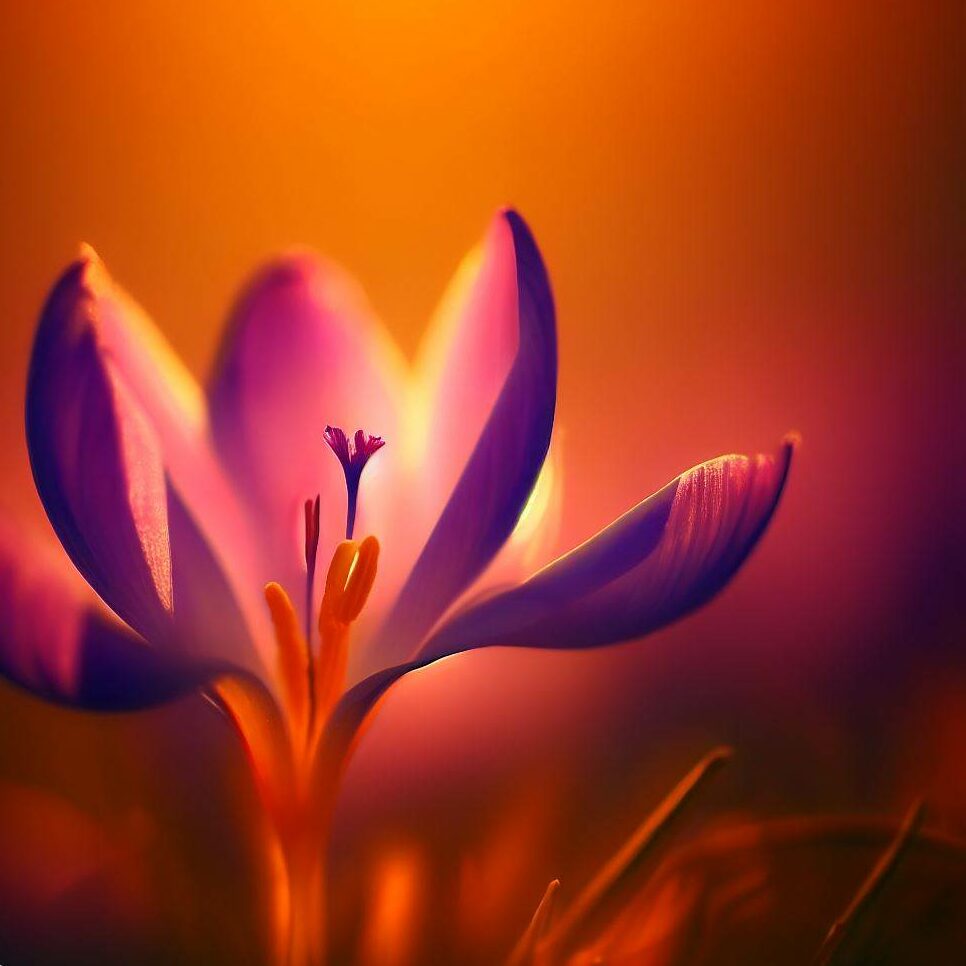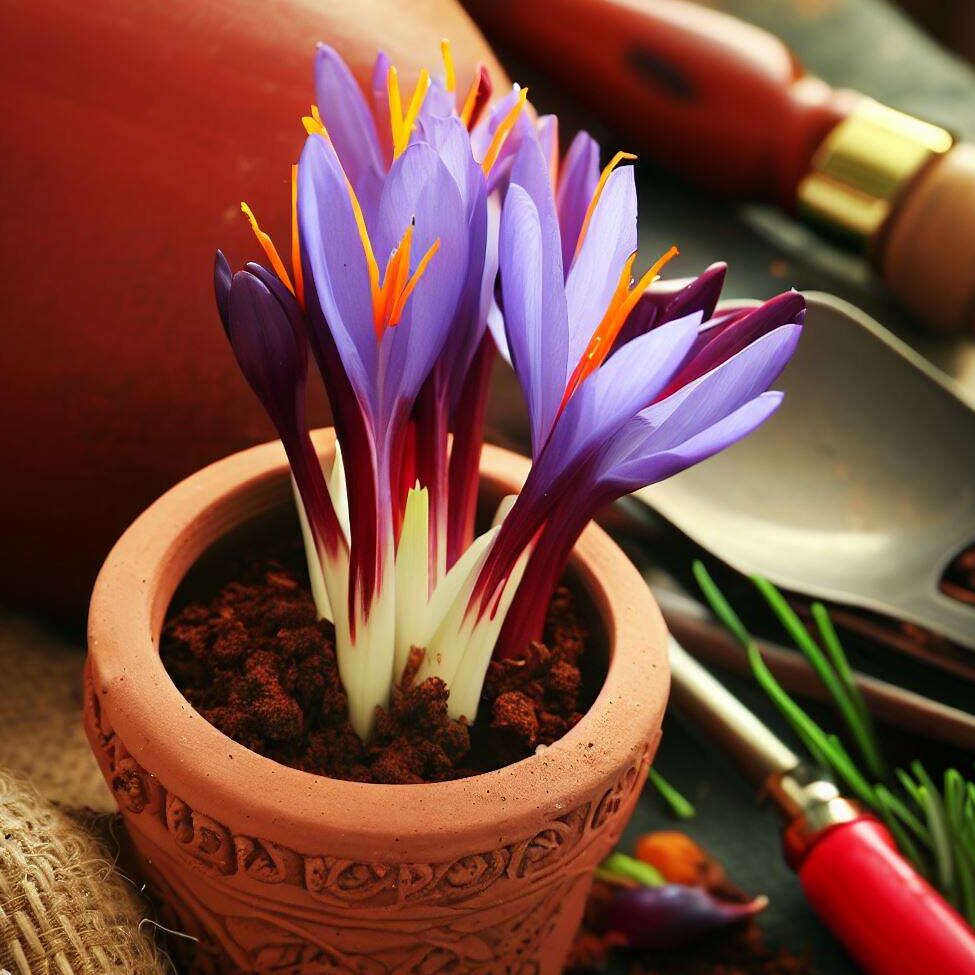Saffron, derived from the flower of Crocus sativus, is revered not just for its unique flavor and vibrant color, but also for its array of health benefits. From enhancing mood to improving vision, saffron is truly a wonder spice.
When to plant saffron bulbs? The ideal time is in early fall, when the weather is cooler and the soil is still warm enough to promote root development. Planting at this time allows the bulbs to establish themselves before winter and ensures they are ready to produce beautiful blooms in the following spring.
Understanding when and how to plant saffron bulbs is the first step towards growing this golden treasure right in your own garden.

When to Plant Saffron Bulbs
The best time to plant saffron bulbs is early fall. Saffron is a fall-flowering perennial. This means that while most plants are winding down for the year, your saffron is just getting started. It’s like the night owl of the plant world, coming alive when everything else is getting ready to sleep.
But can you plant saffron bulbs in spring? While it’s not the traditional time, it’s not entirely out of the question. However, keep in mind that your saffron won’t bloom in the first year if planted in spring. It’s a bit like showing up late to a party; you might miss out on some of the fun.
🌱 Saffron Suggestions: If you’re planting saffron bulbs in spring, make sure to give them a good watering and a sunny spot. They might not bloom in the first year, but with a little patience and care, they’ll reward you with their golden threads in the following fall. 🌱
Saffron isn’t too picky about where it grows, but it does have a few preferences. It likes sunny spots and well-draining soil. As for the growing zone, saffron is happiest in USDA hardiness zones 6 to 9. If you’re not in these zones, saffron can also be grown indoors. All you need is a sunny windowsill and a pot with good drainage.
How to Plant Saffron Bulbs
We’ve talked about the ‘when’, now let’s delve into the ‘how’. Planting saffron bulbs isn’t rocket science, but it does require a bit of know-how.
You’ll need your saffron bulbs (of course!), a trowel or bulb planter, and some well-draining soil. If you’re planting in pots, make sure they have good drainage holes. Saffron bulbs aren’t fans of soggy feet.
Now, let’s get down to the step-by-step guide:
- Choose Your Spot: Whether you’re planting in the ground or in pots, saffron bulbs prefer a sunny location.
- Prepare the Soil: Saffron bulbs like well-draining soil. If you’re planting in the ground, you might want to work in some sand or grit to improve drainage. If you’re planting in pots, a good quality potting mix will do the trick.
- Dig the Holes: You’ll want to dig holes about 10-15cm deep. That’s about the length of an average trowel.
- Plant the Bulbs: Place your bulbs in the holes with the pointy end facing up.
- Pot Spacing: If you’re planting in pots, you can plant multiple bulbs in one pot. Just make sure they’re about 15cm apart.
- Cover and Water: Cover the bulbs with soil and give them a good watering. But remember, they don’t like to be waterlogged, so go easy on the H2O.
- Wait for the Magic: Now comes the hardest part – waiting. But don’t worry, your patience will be rewarded when you see those first green shoots poking through the soil.
If you’re planting in the ground, consider marking the spot where you’ve planted your bulbs. It’s easy to forget where they are, and you don’t want to accidentally dig them up!

Caring for Your Saffron Plants
Caring for your saffron plants is a journey filled with anticipation, excitement, and yes, a bit of patience.
First, let’s talk about the saffron stigmas. These are the golden threads that make saffron the precious spice it is. Once your saffron flowers bloom, you’ll see three bright red stigmas in each flower. You’ll need to harvest these stigmas quickly, as they don’t last long.
🌱 Saffron Suggestions: Harvest your saffron stigmas in the morning, when they’re at their freshest. And remember to handle them gently; they’re delicate little things! 🌱
After the flowers have bloomed and the stigmas have been harvested, the foliage of your saffron plants will start to die back. This is completely normal, so don’t panic! It’s just the plant’s way of saying, “I’ve done my job for this year, and now I need a rest.”
While the foliage is dying back, the saffron bulbs are multiplying underground. Your saffron bulbs are busy creating little bulb babies, ready to spring into action the following year.
[Handy Hint]: When the foliage starts to die back, reduce watering. The bulbs are going into dormancy, and too much water can cause them to rot.
Growing Saffron Indoors for Profit
Growing saffron indoors isn’t much different from growing it outdoors. You’ll still need your saffron bulbs, a sunny spot, and well-draining soil. But instead of a garden, you’ll be using pots or containers. And instead of the outdoors, you’ll be using a sunny windowsill or a grow light.
Why grow saffron indoors for profit? Well, saffron is one of the most expensive spices in the world, and for a good reason. It’s labor-intensive to produce, and each flower only produces a few stigmas. But because it’s so pricey, there’s a high demand for it.
[Pro Tip]: If you want to make money from growing saffron indoors, quality is key. Make sure your saffron stigmas are harvested at their peak and dried properly to preserve their flavor and aroma.
By growing saffron indoors, you can control the growing conditions, ensuring your saffron plants have everything they need to thrive. And when harvest time comes, you’ll have a healthy crop of golden saffron stigmas ready to be sold.
🌱 Saffron Suggestions: Consider selling your saffron locally to restaurants or at farmers’ markets. You can also sell online to reach a wider market. 🌱
Growing saffron indoors can be a rewarding venture. It’s a great way to combine your love for gardening with the potential for financial gain. Like any business venture, it requires dedication, patience, and a bit of entrepreneurial spirit.

Where to Find Saffron Bulbs for Sale
You can find saffron bulbs for sale at local garden centers or nurseries. These places often have knowledgeable staff who can provide valuable advice and guidance.
But if you prefer shopping from the comfort of your home, online gardening stores are a great option. Websites like Amazon, eBay, and specialized gardening sites often have a wide variety of saffron bulbs available.
🌱 Saffron Suggestions: When buying saffron bulbs, look for plump, firm bulbs with no signs of mold or damage. The larger the bulb, the more likely it is to produce flowers in the first year. 🌱
Consider buying your bulbs from a reputable seller. Check reviews and ratings to ensure you’re getting high-quality bulbs.
Common Questions About Planting Saffron Bulbs
What is the best time to plant saffron?
The ideal time to plant saffron bulbs is in early fall. This gives the bulbs enough time to establish themselves before the winter chill sets in. And come next fall, you’ll be rewarded with a beautiful display of purple flowers and precious saffron stigmas.
How hard is it to grow saffron?
Like any gardening endeavor, growing saffron requires a bit of effort and patience. But with the right conditions and care, it’s not as daunting as it might seem. The key is to provide your saffron bulbs with well-draining soil, plenty of sunlight, and a bit of TLC.
Do saffron bulbs come back every year?
Saffron bulbs, or corms, are perennials. This means they’ll go dormant after the foliage dies back, but they’ll spring back to life the following season. The corms multiply underground, so you’ll have even more saffron plants as the years go by.
What is the best way to plant saffron bulbs?
Plant your saffron bulbs about 10-15cm (4-6 inches) deep and 15cm (6 inches) apart in well-draining soil. Choose a sunny spot in your garden, or if you’re planting in pots, place them in a sunny windowsill. And remember, saffron bulbs are fall-flowering perennials, so plant them in early fall for a beautiful bloom later in the season.
🌱 Saffron Suggestions: Keep an eye on your saffron plants, especially during the growing season. Regular watering, weeding, and a watchful eye for pests will ensure your plants stay healthy and happy.
We’ve journeyed through the world of saffron, from understanding the best time to plant saffron bulbs, to learning how to care for these precious plants, and even exploring the possibility of growing saffron indoors for profit.
Remember, every garden adventure begins with a single step (or bulb). So why not take that step today? Plant your first saffron bulb, nurture it with love, and watch as it rewards you with the most precious spice in the world.
May your saffron journey be as vibrant and rewarding as the spice itself!
